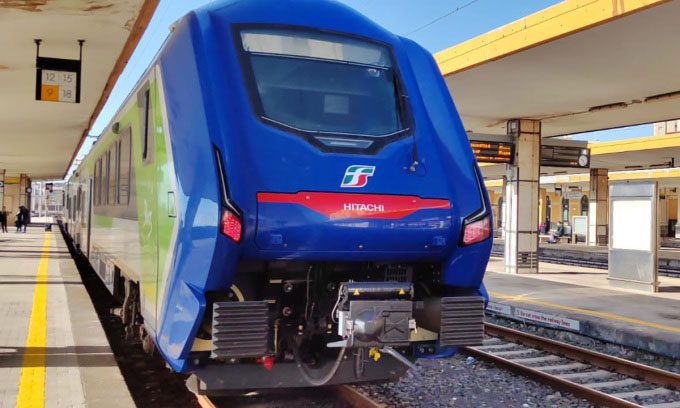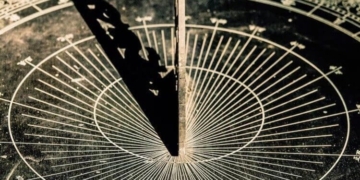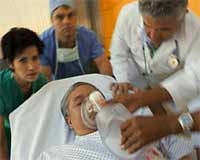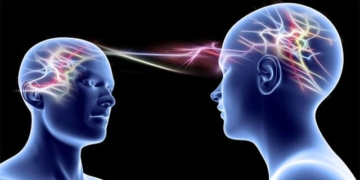The Blue train operates on battery, electricity, and diesel, with batteries serving as the primary energy source, which helps reduce carbon emissions and fuel consumption by 50% compared to diesel trains.
On June 28, CNN reported that 20 Masaccio trains from Hitachi Rail have begun operating in Italy under the name Blue. This marks the first phase of a €1.23 billion project aimed at adding 135 battery-operated trains to the Trenitalia network, the main train operator in Italy. The new fleet will operate in Calabria, Friuli Venezia Giulia, Lazio, Tuscany, and the islands of Sicily and Sardinia.

Battery-operated trains are in operation in some areas of Italy. (Photo: Hitachi Rail)
In Calabria, trains are running along the Ionian coast, while the routes in Sicily include Messina – Palermo and Messina – Catania – Syracuse. Not all trains operating on these routes are Blue, meaning that passenger boarding will be random.
The Blue trains consist of 3 or 4 carriages with around 300 seats. They are hybrid trains that operate on batteries, electricity, and diesel. “This is the first time batteries have been used as the primary energy source on a commercial fleet in Europe,” Trenitalia stated.
The Blue fleet, made from 93% recyclable materials, is expected to reduce carbon emissions and fuel consumption by 50% compared to diesel trains. By operating on batteries in urban areas, they can also eliminate emissions and noise pollution. A system advising the train drivers will also suggest optimal speeds to minimize energy consumption.
The trains have a limited range of about 15 km when running solely on battery power, but they can recharge while in motion using a pantograph (a device mounted on top of the train that connects to overhead electrical wires) or through braking. This means the train can recharge multiple times during a trip. The maximum speed of the train is 160 km/h. The train floor is also level with the platform, making it easier for travelers with mobility challenges to board without needing to step up high.
While the European railway network is expanding, about 40% of the routes remain unelectrified, and more than half of the trains still run on diesel, according to Hitachi Rail. Some routes face significant challenges for electrification due to geographical issues. In Italy alone, over 4,000 km of railway tracks are still not electrified. Hitachi Rail claims that the Blue fleet provides an immediate solution for decarbonizing the passenger rail system in Europe.
The next version of the Blue train is expected to be launched in two years. This version is anticipated to run solely on battery power, with a range exceeding 100 km. Hitachi Rail also plans to make further improvements to the newly launched trains.




















































